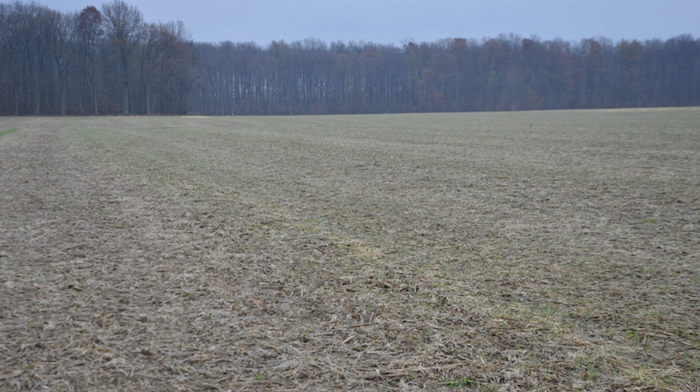As harvest ’23 ends, thoughts move to plant ’24. Decisions will be made and changes considered based on what happened in 2023. As you plan for the 2024 planting season, consider how decisions you make for spring will impact decisions for planting cover crops next fall.
One key to the successful use of cover crops is timely planting, especially if you drill covers after harvest. In a dry early fall like ’23, cover crops that were drilled germinated and established more quickly than cover crops aerially applied into standing crops without any moisture.
In most of Indiana, if you want to plant after harvest, many species should be in the ground by early October. You can go a little later in southern Indiana, but you need to be planted by late September in northern Indiana for most species other than cereal grains such as rye, barley or triticale.
Here are some possible options:
Determine seeding date goal for cover crop mix. You may consider other species besides cereal grains. For example, a mix of oat and daikon oilseed radish that winter-kills works well for many people ahead of corn. That mix should be planted early to get good results. In west-central Indiana, I tell farmers that mix needs to be planted by my birthday, Oct. 7, to get ample growth and benefits before it typically winter-kills in December.
Choose shorter-season soybean variety. To ensure that you can drill that mix after harvest, plant a shorter-season variety of soybeans on those fields. That’s where planning for ’24 comes in. Newer varieties of short-season soybeans are holding their own regarding yield. If you want to plant soybeans “green” into standing cereal rye, an earlier variety is critical. The cover crop will likely delay your planting date next spring.
Plant cereal rye early enough to prevent soil erosion. If you want to plant a cover crop after corn harvest, you will have more time to plant — into November across most of Indiana. The concern switches to your reason for planting the cover crop. Is winter cover for erosion control your primary purpose? Rye will break dormancy in the spring and provide many benefits, even if planted late. However, you may have very little growth going into winter.
Select shorter-season hybrids where you need erosion control. If you need winter cover, look at your corn hybrids. Switch to a shorter-season hybrid and harvest those fields first, if you can. Newer, shorter-season hybrids hold their own on yield.
Shift your priorities. Many successful cover crop farmers across Indiana will tell you to treat your cover crops like your cash crops. Not many words ring truer. Plant your cover crops in a timely manner to get the most out of your investment. That may mean changing the variety or hybrid of cash crop you plant.
Start treating your cover crops and cash crops as a system that must work together to change your soil and start a soil health journey to success.





Post a comment
Report Abusive Comment